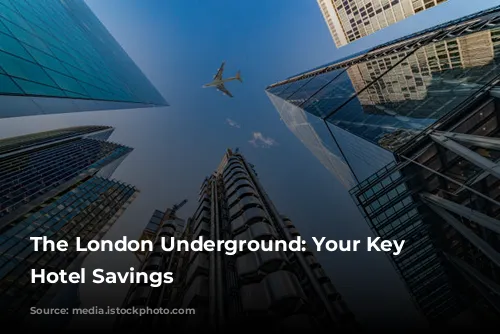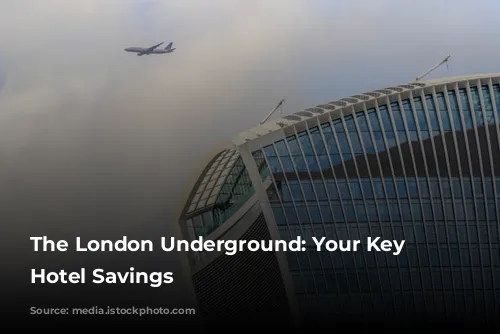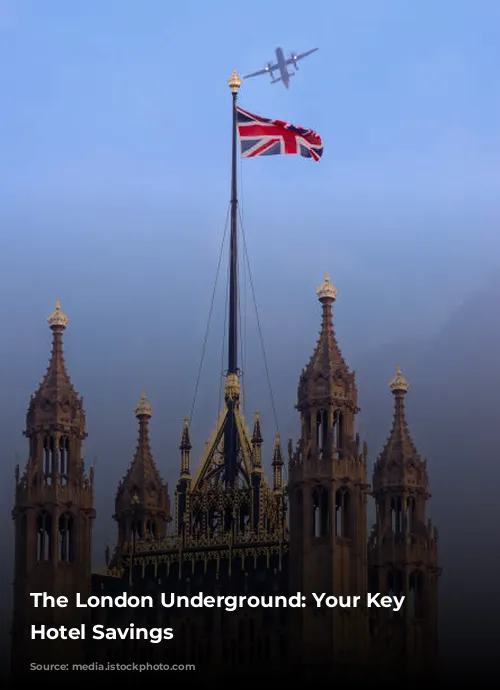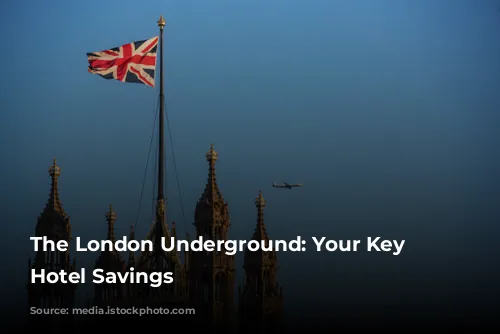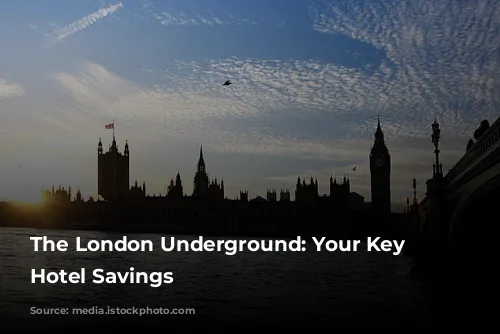The London Underground is more than just a transportation system; it’s a driving force behind London’s booming business growth. With its expanding network making every part of the city easily accessible, London has seen a surge in investments, especially in the hospitality sector. The city currently boasts over 140,000 hotel rooms, catering to a diverse range of travelers.
This article delves into the fascinating relationship between the London Underground and hotel pricing, revealing hidden savings opportunities for savvy travelers and event organizers.
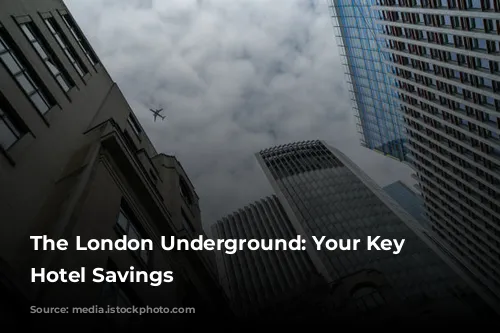
Unlocking Hotel Deals Along the Tube Lines
With the London Underground constantly improving its services, it’s time to explore how hotel prices fluctuate across different tube lines. For travel managers and procurement teams, understanding the total cost of a trip is crucial, and this includes accommodation costs.
Historically, there’s been an assumption that hotels in the business-centric City of London are pricier compared to those in areas like Kensington. But is this really true?
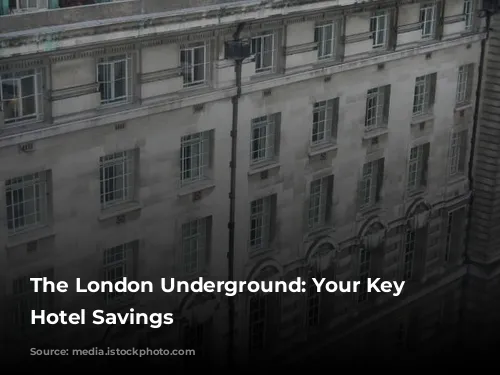
Uncovering the Price Patterns
Our analysis revealed some interesting patterns. Despite having the highest concentration of hotel bookings, Zone 1 actually offers average room rates that are up to 14% cheaper than Zone 2.
However, the savings within Zone 2 differ significantly depending on the tube line. For example, travelers staying near the Piccadilly Line can potentially save up to 36% on hotel rates, while those near the Circle Line might only see a 5% reduction compared to Zone 1.
As you move further away from central London, hotel rates naturally decline. Zone 3 offers rates 19% cheaper than Zone 2, followed by Zone 4 at 14% cheaper than Zone 3, and so on. Unsurprisingly, properties in Zone 6 are over 140% cheaper than those in Zone 1.
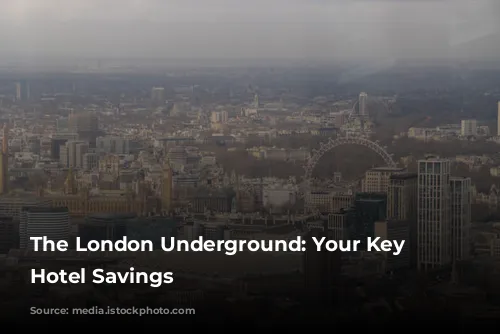
Tube Lines: A Guide to Prime Locations and Savings
Analyzing each tube line individually revealed some surprising insights:
- Highest average room rates: Properties near the Bakerloo, Jubilee, and Waterloo & City lines command the highest average room rates.
- Cheapest options: Accommodation on the Central Line, DLR (Docklands Light Railway), and Piccadilly Line is generally the most affordable.
Furthermore, the analysis pinpointed the busiest hotel hotspots across various lines:
- Circle and District lines: The most expensive hubs on these lines are St James’s Park (near Buckingham Palace and the Houses of Parliament) and stops within the City of London (such as Farringdon, Moorgate, Embankment, and Mansion House).
- Hammersmith & City Line: Properties in the City are significantly pricier (up to 39% more expensive) than those near major railway hubs like Euston, King’s Cross, and Victoria.
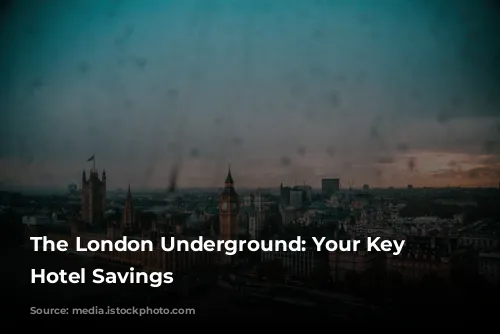
The Smart Traveler’s Guide to Tube Stops and Hotel Prices
Our analysis suggests that hotels near major railway hubs are often more affordable than those in the City. In fact, average room rates near Euston, King’s Cross, and Victoria can be up to 50% cheaper than those in the City.
Savvy travelers can capitalize on these trends by opting for hotels near these railway hubs. For example, Euston Square is the busiest tube stop on the Circle Line, offering some of the most affordable options. If you’re willing to travel a few stops further, Bayswater, Notting Hill Gate, and High Street Kensington offer budget-friendly options on the Circle Line, with average room rates ranging from £120 to £130.
For even greater discounts, explore the outer stretches of the District Line, where prices range from £65 to £100 per night.
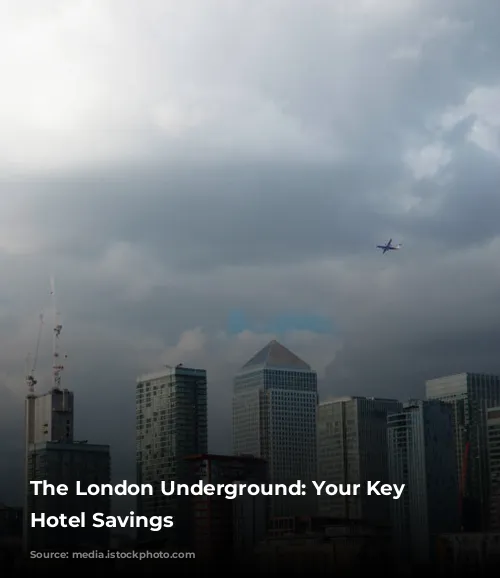
Navigating the Central Line and Beyond
The Central Line is another hub for affordable hotel options. While Marble Arch is the busiest spot with 7% market share of hotel bookings, it also commands higher room rates (around £140) due to high competition.
However, traveling a bit further out on the Central Line, particularly in Zone 3, can yield significant savings, with budget accommodations available for as low as £79 per night.
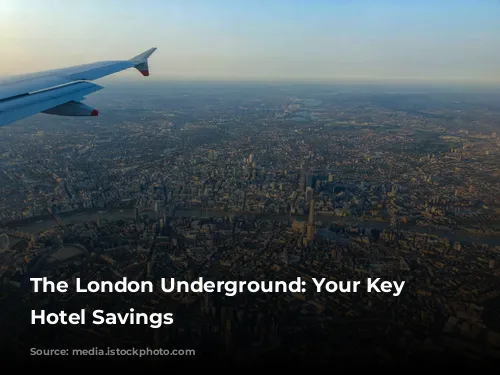
Star Ratings and Pricing: A Quick Guide
London offers a vast selection of hotels catering to different needs and budgets. The price gap between different star ratings is notable:
- Two- or Three-Star Properties: £105 – £130 per night
- Four-Star Properties: £120 – £170 per night (depending on location and proximity to transport hubs)
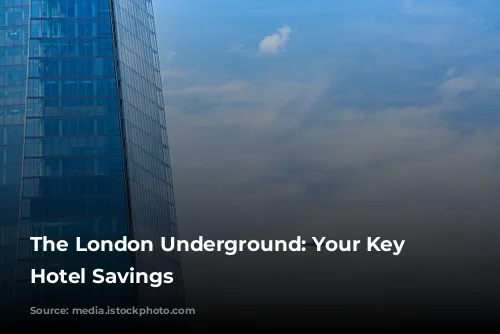
London’s Hotel Landscape: Growth and Opportunity
The London hotel market is dynamic, with room capacity expected to increase by 12% over the next three years. This means the city will have over 150,000 hotel rooms by 2018. With approximately 90 new hotel openings and extensions planned for this year, 7,000 new rooms will be added to London’s hotel landscape.
This growth presents new opportunities for travelers and event organizers. By understanding the location of new properties and their proximity to key transport hubs, you can strategically plan your accommodation and events, maximizing savings and enhancing your travel experience.
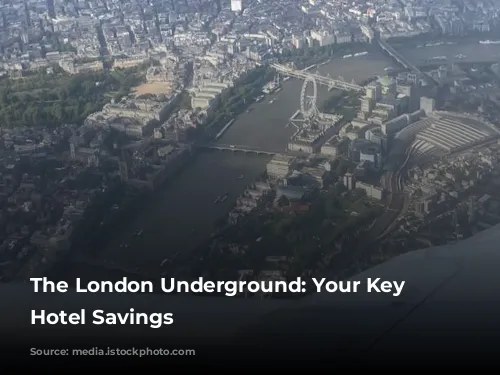
The Takeaway: Strategic Planning is Key
When planning your trips to London, remember that the details matter. Utilize average room rate analysis for key London Underground hubs, along with travel costs for tube, trains, and taxis, to understand the total cost of your travel. This information can help you identify opportunities for cost savings, adjust office and event locations, and improve your commuting experience.
By leveraging the insights provided in this article, you can navigate the London hotel scene with confidence and make informed decisions that benefit your budget and your travel experience.

